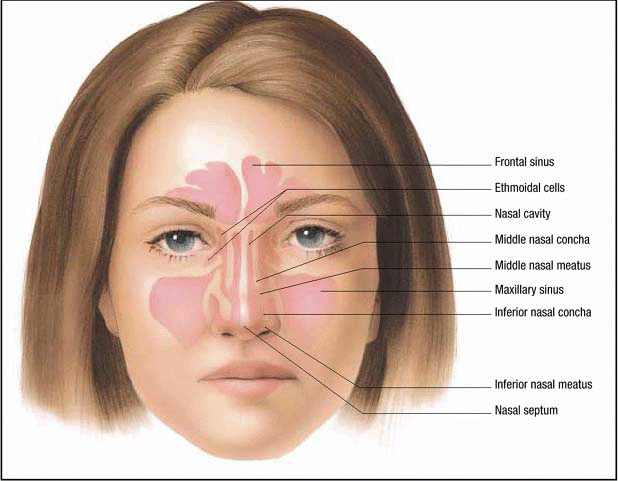WASHINGTON, DC-At its annual meeting, the American Academy of Otolaryngology-Head and Neck Surgery released its long-awaited multispecialty practice guidelines for treatment of adult rhinosinusitis.
Explore This Issue
November 2007The ailment affects one in seven adults, has a profound effect on the quality of life, and costs the health care system almost $6 billion every year, said Richard M. Rosenfeld, MD, of the Department of Otolaryngology at State University of New York Downstate Medical Center in Brooklyn, who was chairman of the guidelines panel and lead author of the guidelines. The panel was composed of members of a number of medical specialties: allergy, emergency medicine, family medicine, health insurance, immunology, infectious disease, internal medicine, medical informatics, nursing, otolaryngology, head and neck surgery, and radiology.

Beyond its financial impact, sinusitis is responsible for 20% of all antibiotics prescribed in the United States, as well as half a million surgical procedures each year.
Characteristics of the Guidelines
Considerable practice variations exist among the physicians who treat sinusitis, and although there is no one absolutely correct way to proceed, some practices are better and more effective than others, said Dr. Rosenfeld. Therefore, the guidelines consist of 17 evidence-based statements with associated levels of statement strength-for example, strong recommendation, recommendation, recommendation against, or optional.
The guidelines are targeted toward patients aged 18 or older with a clinical diagnosis of uncomplicated rhinosinusitis. Rhinosinusitis is defined as symptomatic inflammation of the paranasal sinuses and nasal cavity. The term rhinosinusitis is preferred because sinusitis is almost always accompanied by inflammation of the contiguous nasal mucosa. When the ailment is called uncomplicated it means that there is no inflammation outside the paranasal sinuses and nasal cavity at the time of diagnosis.
Rhinosinusitis can be further classified by duration as acute (less than 4 weeks), subacute (4 to 12 weeks), or chronic (more than 12 weeks, with or without acute exacerbation).
Most acute rhinosinusitis begins when a viral upper respiratory infection (URI) extends into the paranasal sinuses, which may be followed by bacterial infection. About 20 million cases occur each year, which makes it one of the most common conditions that send people to the physician’s office. Its importance in health care relates not only to its prevalence but also to the potential for rare but serious sequelae: meningitis, brain abscess, orbital cellulitis, and orbital abscess.
Leave a Reply